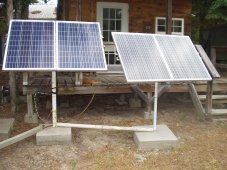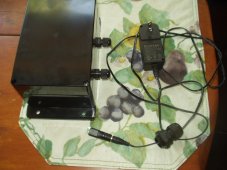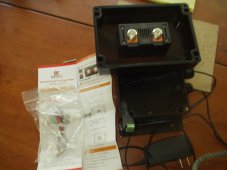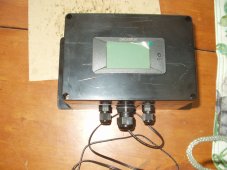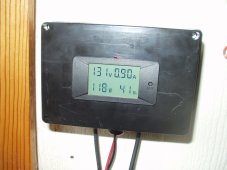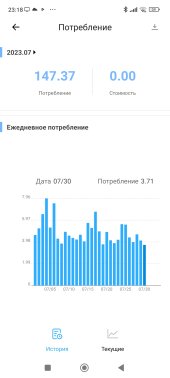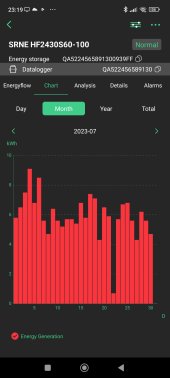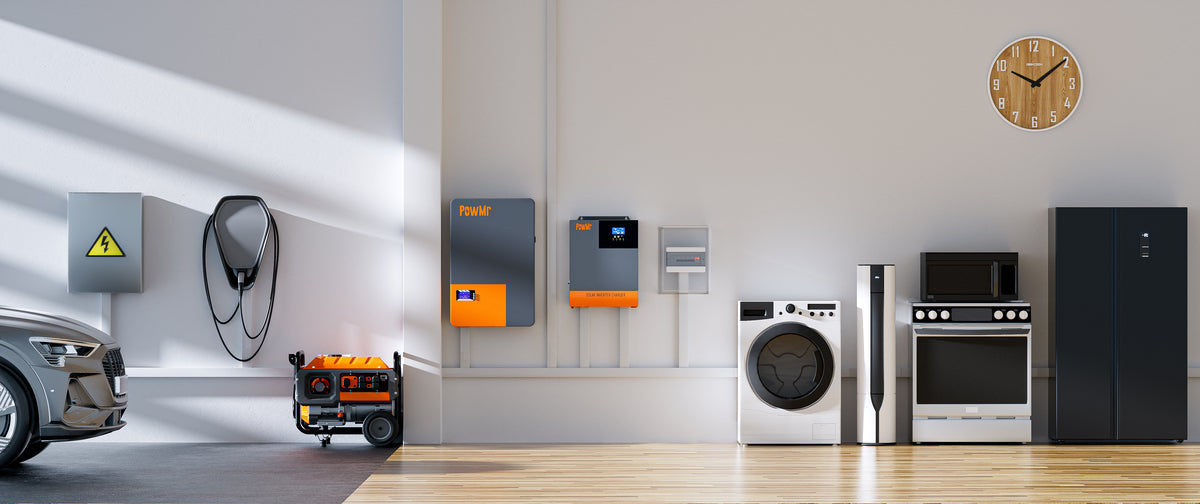So allowing for temperature correction on hot days what do you suggest that you have Vmp be above Vmppt-min? An earlier discussion about this with Hedges I had he seem to suggest about 10%. That would put a Vmp rating for my AIO at 120v+10% = 132vDC
I think you asking what I recommend in terms of Vmp @ STC, meaning 25C / 77F.
So we’re going to assume you’ve properly designed your string to start up your MPPT every morning and we’re just looking at what point Vmp of the string translates to too much lost potential energy to be worthwhile.
First, I’d recommend focusing on average temps on the hottest months you care about and use PTC rather than STC. PTC is based on 20C ambient, so panel temperature will typically be higher than 25C but that is realistic.
By comparing PTC power rating to STC power rating you can calculate what temperature the panel is at operating in 20C ambient and from that calculate the realistic Vmp at 20C ambient.
If you care about worst-case losses at higher temperatures than 20C, adjust from there.
Now you have the ideal Vmppt_min under the highest ambient temperatures you care about.
If Vmppt_min is only 10% higher than that adjusted Vmp_min, power loss will be less than 10% -probably closer to 8%.
Current at higher voltage will be lower than Imp (adjusted) but by less than 10%. You can attempt to guesstimate from the radiance power curves (attempt to bracket how much lower power is at 110% Vmp) but it’s tough (my 380W panels deliver over 350W @ 110% Vmp, meaning less than 8% loss at 110% Vmp).
There is a wide ‘flatspot/hump and my advice would be to try to avoid going significantly out of it and losing more than 10% potential power.
The hump on my panels is close to +/-5V from Vmp of 40V, so let’s say +/-12%. You’re losing little-enough power in the flatspot that it’s certainly not worth abandoning your project or perturbing unnatural acts or spending lots of $$$s to get closer to Vmp.
So I’m basically agreeing with what hedges has recommended but suggesting to do so based on adjusted Vmp under estimated operating condition (adjusted PTC for the highest ambient temperatures you care about) rather than just using STC (or NOCT).



